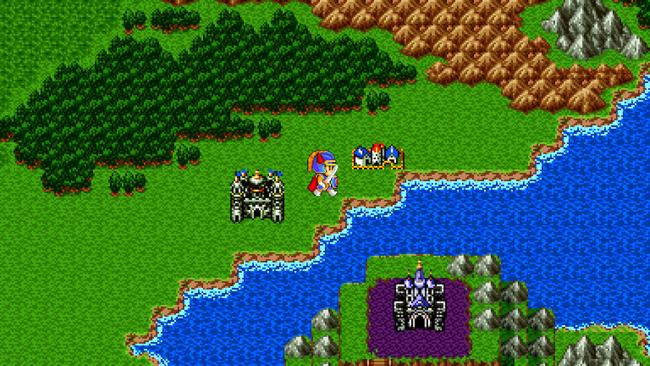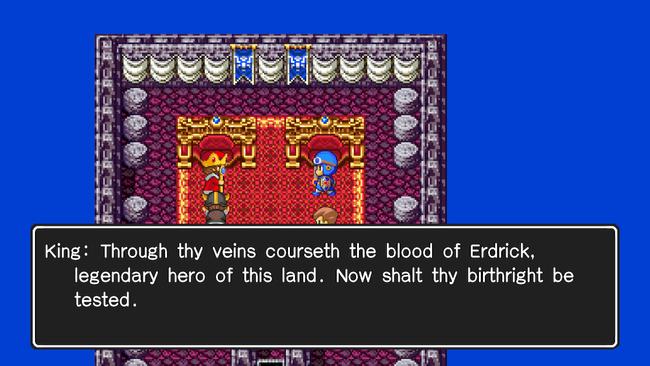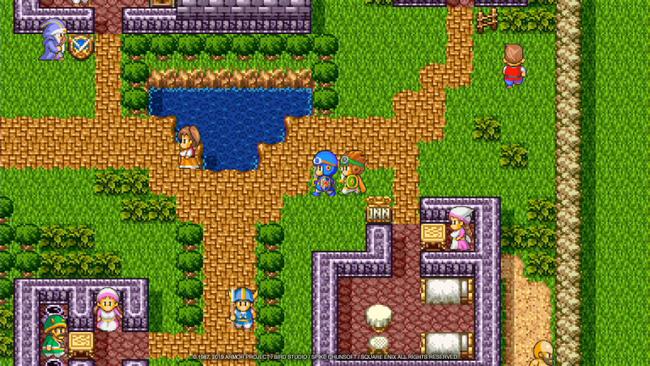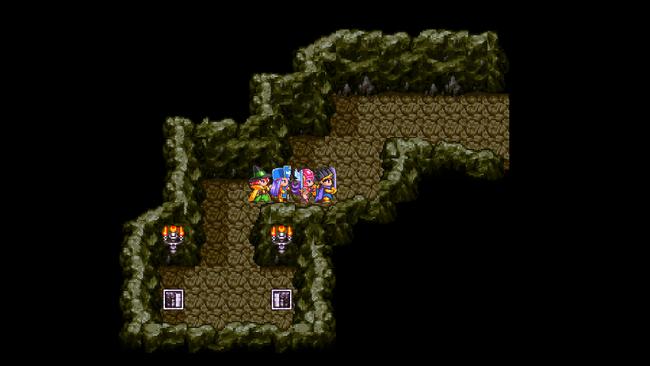Hands-on with Dragon Quest I, II, and III on Nintendo Switch
As cliché as it is to say, Dragon Quest’s impact on the legacy of RPGs is undeniable. The latest entry, Dragon Quest XI S, came out on Nintendo Switch this week. It's a good opportunity for many people to use it to jump into the series for the first time. It’s a truly magnificent game; one we gave a 10/10 review on the original release. Plenty of newcomers will be curious where Dragon Quest started, while long-time fans might be looking for another nostalgia-filled romp through the classics.
Square Enix decided to surprise us all by releasing ports of the original Dragon Quest trilogy on the Switch alongside XI S, the first time these games have been available in English on a home console since the NES. These ports are based on the Japanese exclusive PS4 and 3DS version of these games, which were based on the mobile versions. On paper its great that these ports exist, as there’s now a ton of Dragon Quest located on a single console, but unfortunately the execution is lacking… for the most part.
I won’t be talking too much about the content of these games themselves, but I’ll briefly go over the premise of each game for those who aren’t aware. Dragon Quest I is a simple tale of a Hero (you, obviously) going on a quest to kill the Dragonlord and save a princess. Dragon Quest II involves a prince (you, again) going on a quest with his two cousins to defeat an evil wizard named Hargon. Dragon Quest III puts you in the shoes of the son or daughter of the legendary hero Ortega. Ortega died years ago trying to vanquish the evil Baramos, and now your goal is to pick up where he left off. Dragon Quest III definitely has the most focus on story, with the largest scale of the trilogy.
The general gameplay style remains unchanged. You’ll travel from one town to the next on a big overworld, solving the towns’ problems and fighting random encounters along the way. You adventure alone in the first game, but II introduces a party of characters and III lets you essentially make your own party. In terms of gameplay, III is the most balanced of the bunch, and has a class system to customize your party how you see fit. These ports also have quick and auto-saving, making it easier to get through how challenging some of these classic games are without ruining the difficulty. It won’t entirely help you get through Dragon Quest II’s abnormal difficulty curve, but it will certainly help. The one missing feature I wish these ports had implemented was a turbo mode, which seems like a strange omission.
All three of these games feature the same high-quality translations seen in the mobile versions. It feels great to go around and experience these classic Dragon Quest games with the same clever localizations popularized by the DS versions of Dragon Quest IV and on. Instead of the simple prose of the original NES releases, Square re-localized the games when they released on mobile to give them a medieval spin. It spices up the very traditional and occasionally stale stories of the first two games, and really adds to the setting by giving each location you visit an identity.
From what I’ve heard, the music is also the same as what was used in the mobile versions. It doesn’t hold a candle to an orchestra, but these games never had that to begin with, and the midi sample quality in these versions sound solid. The overworld themes are just as stunning as they were back in the day, and it really puts you in the mood to explore the worlds and uncover their secrets.
For those who tend to prefer playing portably and are worried about something like the font size being a problem, I can thankfully alleviate that. I don’t think the font itself is anything special, but it stands out and is easy to read on the go.
The visuals are where the major problems pop up. All three ports use the pixel art backgrounds from the mobile versions, but there was a decision made to redraw all the character and monster sprites. For a reason I’m not sure about, Dragon Quest I and II’s sprites have a completely different art style than the ones found in III. The characters and NPCs are too big and cartoony, always feeling disproportionate to the environments. The styles clash hard, making these first two games look very cheap.
In addition to all this, the camera scrolling on these games seemed to stutter whenever I move my character. It happens often enough to notice, and the choppiness hurt my eyes. The visual problems unfortunately only amplify how rough around the edges these two games are. I found these visual oddities to be really glaring issues that make these games almost unplayable.
Which is why I was so surprised that Dragon Quest III has a considerably different art style. The redrawn sprites seem slightly more faithful to the original pixel art, and they honestly look great. The proportions of the sprites match the environments, and the camera scrolling looks smooth from what I played. The monster sprites still look a tad too cartoony for my tastes, but they’re fine. I wish they had decided to make them animated like how they were in the Super Famicom version, but that’s certainly not a deal-breaker since you still get to officially play DQIII on a modern console. If I had to pick only one game in this trilogy that I’d choose to come out the best, it would be Dragon Quest III, and I’m satisfied with Square Enix’s work here.
The only game I can really give a recommendation on is the port of Dragon Quest III. It’s aged the best out of the three and is still genuinely fun to play today. While it’s a shame they couldn’t include the battle animation of the SNES version, the localization is wonderful and will likely make this my go-to version whenever I replay it. It’s a true shame that I can’t say the same for the first two games in the series, but at least the mobile versions are pretty great ways to experience them.



